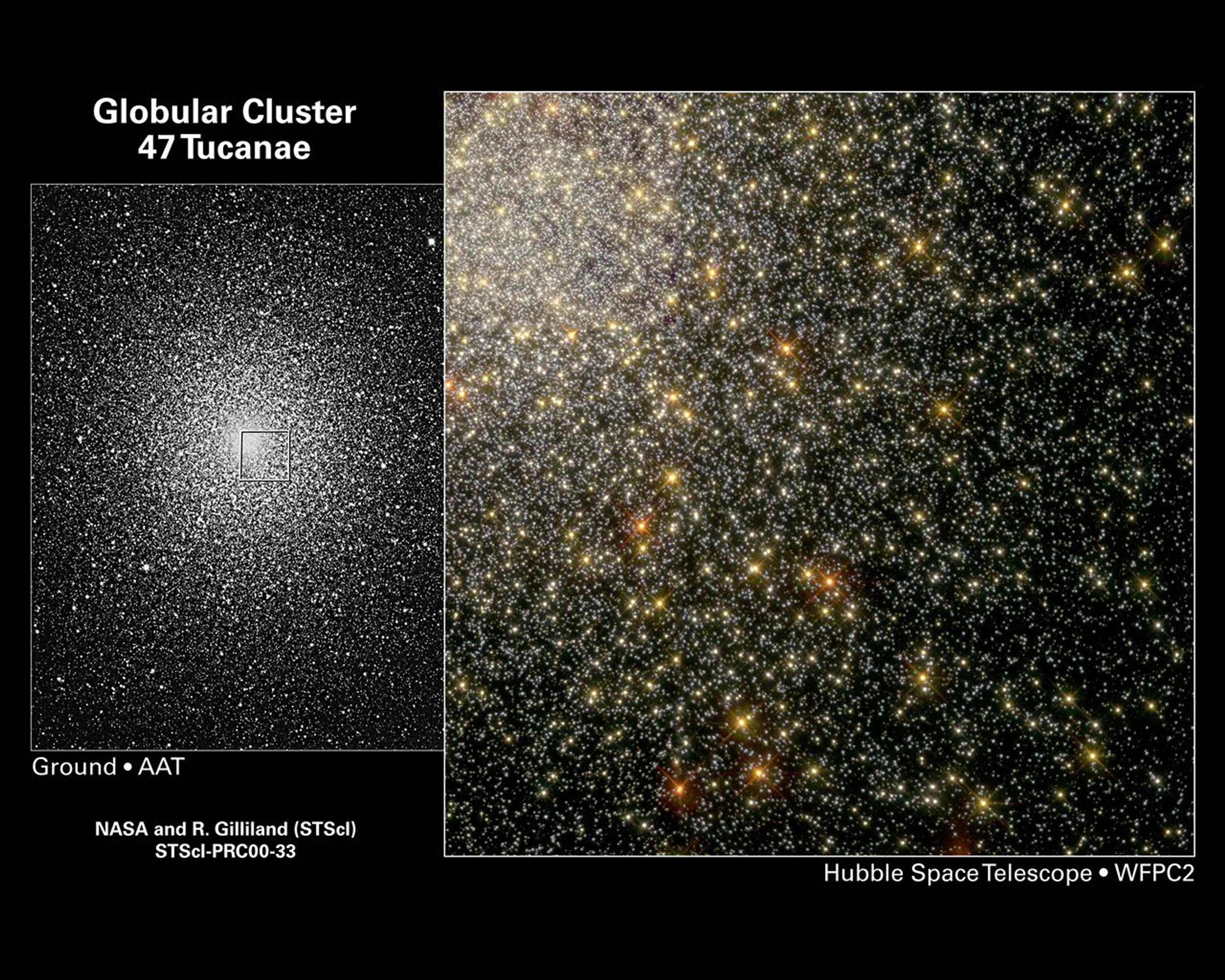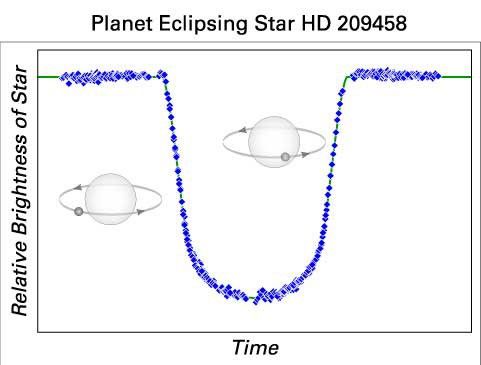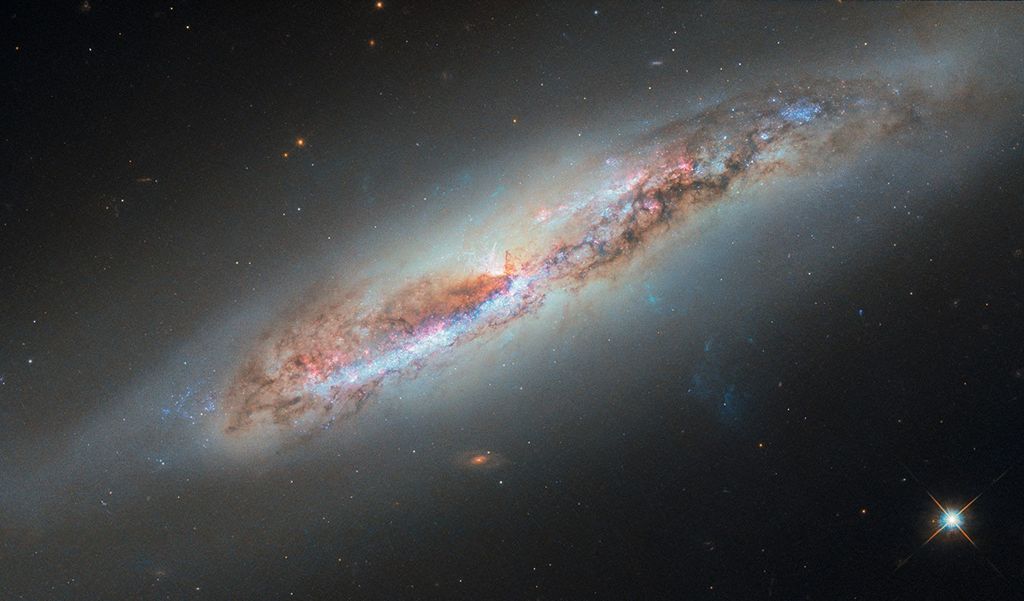1 min read
47 Tucanae

About the Object
- R.A. PositionR.A. PositionRight ascension – analogous to longitude – is one component of an object's position.00h 24m 5.19s
- Dec. PositionDec. PositionDeclination – analogous to latitude – is one component of an object's position.-72° 4' 49.9"
- ConstellationConstellationOne of 88 recognized regions of the celestial sphere in which the object appears.Tucana
- DistanceDistanceThe physical distance from Earth to the astronomical object. Distances within our solar system are usually measured in Astronomical Units (AU). Distances between stars are usually measured in light-years. Interstellar distances can also be measured in parsecs.About 15,000 light-years (4.6 kpc)
About the Data
- InstrumentInstrumentThe science instrument used to produce the data.Anglo-Australian Telescope (AAT)
- Object NameObject NameA name or catalog number that astronomers use to identify an astronomical object.47 Tucanae, NGC 104
- Object DescriptionObject DescriptionThe type of astronomical object.Globular Cluster
- Release DateOctober 31, 2000
- Science ReleaseAstronomers Ponder Lack of Planets in Globular Cluster
- CreditDavid Malin, © Anglo-Australian Observatory
Related Images & Videos

Hubble Sees a Vast "City" of Stars
In these pictures, a "city" of a million stars glitters like a New York City skyline. The images capture the globular cluster 47 Tucanae, located 15,000 light-years from Earth in the southern constellation Tucana. Using NASA's Hubble Space Telescope, astronomers went hunting in...

A Planet's Telltale Signature
This diagram illustrates how a planet passing in front of a star blocks a tiny amount of starlight. In this case, it's a planet crossing the face of a nearby star called HD 209458, located 153 light-years from Earth in the constellation Pegasus. The dip in the center of the...
Share
Details
Last Updated
Aug 17, 2025
Contact
Media
Claire Andreoli
NASA’s Goddard Space Flight Center
Greenbelt, Maryland
claire.andreoli@nasa.gov































